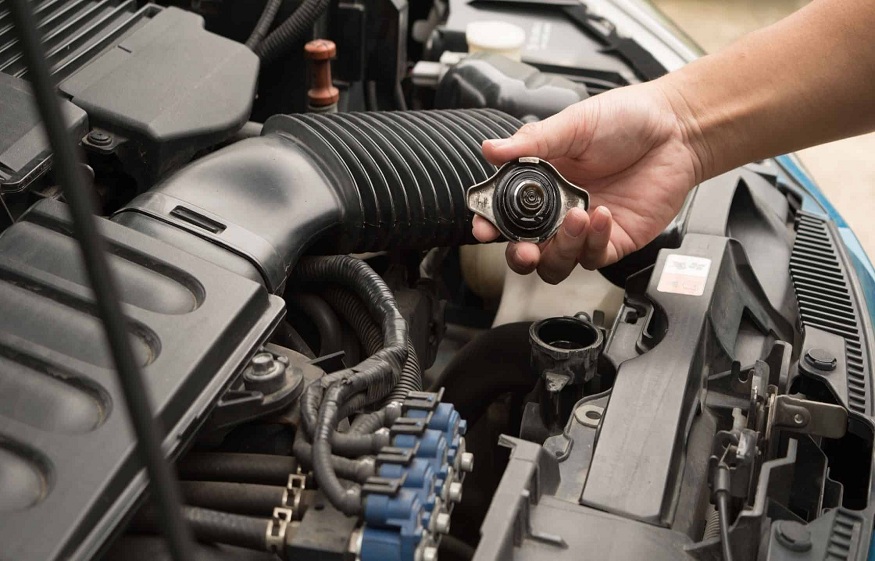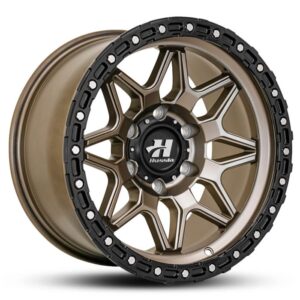How Does A Car Radiator Work?

A radiator is part of a vehicle’s cooling system, which consists of many components. These parts allow coolant to circulate throughout the engine in order to keep it warm. It also helps to prevent overheating and can reduce wear on internal components. The most important function of a radiator is to transfer heat from the liquid fuel to the air outside the tank.
A car radiator is a device that keeps your engine cool. If you have a broken radiator, you might be worried about how to fix it. Luckily, you don’t need to worry. This article will give you the information you need to know.
What Is a Radiator in a Car?
A car radiator is a device that helps to keep your engine cool. If you want to know more information about how a radiator works, read the following article.
Your vehicle’s radiator keeps its engine from overheating by transferring heat away from the system.
It does this by using water to transfer the heat into the air outside the car. The radiator also uses metal fins to increase the surface area of the radiator so that it can absorb a greater amount of heat.
When you drive, your engine heats up. This causes the temperature of the engine to rise. As the temperature increases, the liquid in the engine begins to boil. When the boiling point is reached, the pressure inside the engine rises, causing the radiator cap to blow off.
This lets the hot fluid escape and allows the radiator to release the extra heat.
The radiator cap then seals the radiator again.
There are two main types of radiators, fixed-geometry radiators, and variable-capacity radiators. Fixed-geometry units have a single capacity that remains constant regardless of the amount of power being used by the engine. Variable-volume systems can adjust their size to maintain optimal flow.
One type of variable volume unit is an expansion valve, which allows more or less coolant to enter the system depending on whether there is too much or not enough pressure in the cooling circuit.
Components of a Radiator
You should start by checking the condition of the radiator. You’ll want to make sure that the water pump isn’t leaking, and that the hoses aren’t damaged.
If everything looks fine, you can go ahead and replace the radiator. However, you should always use the correct size radiator. The wrong one could cause damage to the rest of your vehicle.
It’s also important to check the air filter. Make sure that it is clean and that there are no cracks in it.
Finally, you should lubricate the valve cover.
How Car Cooling Systems Work
Your car is a great way to get around town. You can go wherever you want, whenever you want. And thanks to modern technology, your car doesn’t have any problems keeping itself cool. However, it’s important that you know how the air conditioning system works.
If you’re driving down the highway at 60 miles per hour, you’ll notice a loud noise coming from inside the vehicle. That sound comes from the radiator. The purpose of this part of the engine is to keep the water in the motor clean.
You can use a hose to fill up the radiator with cold water. When the temperature of the water gets below a certain level, it will start to turn into steam. As soon as the steam starts to condense, the heat is transferred to the surrounding air.
This is why you might hear your car making that noise when you first start the engine. However, the noise stops once the water has turned back into liquid. Once the water is cooled, it flows through a tube called the “water pump.
Cause of Radiator Failure
A car radiator is an important part of your vehicle. If you don’t have a working one, then you could be facing serious problems. Fortunately, you can fix this problem yourself. All that you need to do is follow these instructions.
When you’re dealing with a broken radiator, the first thing that you should do is turn off the engine. Then, take the key from the ignition and remove the battery.
Next, you’ll want to check whether the fan belt has been removed. If it hasn’t, then you should do so now. This will help to keep the air circulating around the radiator.
Now that you’ve done all of the above, you can start checking for leaks. You might notice water leaking into the oil pan or onto the ground.
If there are no signs of leakage, you can try using a blow dryer to heat up the system. Once you do this, you should wait for at least 15 minutes before you start driving the car.
You shouldn’t drive your vehicle until the temperature has dropped back down to normal levels.
Conclusion
As you have seen above, the car radiator is very important for your vehicle. We hope this article has given you the information on how to maintain your car radiator. If you need any help related to auto parts, then you should check out the SuncentAuto: auto parts store.







